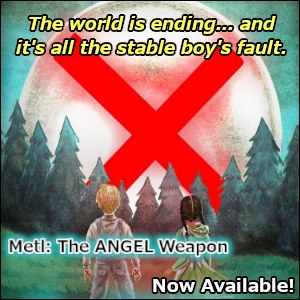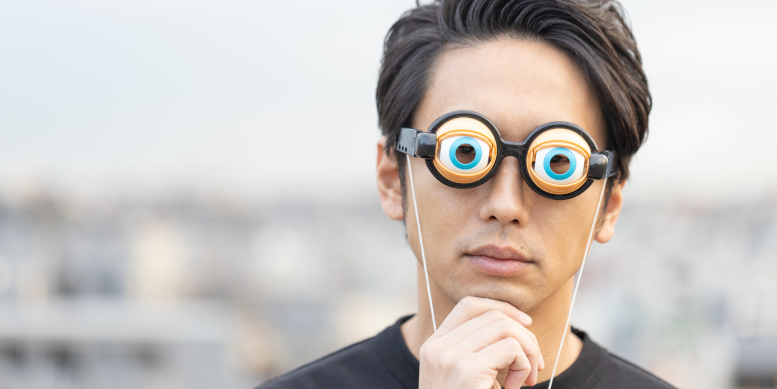Let’s go over the different types of endings, and the 3 things to keep in mind when making your own.
Then let’s create an ending for a viewer’s story together!
During the last stream, a subscriber requested that we go over “how to write a good ending.”
You can watch the full video here to or scroll down for notes/highlights.
What Makes a Good Ending?
- The ending of your story is, after the beginning, the second most important part
- It’s the part that your readers will remember most, since it’s the last thing they read, so you want to make sure it leaves them feeling satisfied
- A bad ending can make a reader feel like they wasted their time, no matter how good the rest of the story is, so it should be avoided if at all possible
There are several different types of endings:
(In order from least to most satisfying)
1. Cliffhanger
- (Will they fall off the cliff or won’t they?! Find out next time!)
- An ending where the story must continue for it to make sense
- Examples: An Absolutely Remarkable Thing, The Name of the Wind, Severance, Emergency Contact
- Best for planned series, can make the reader feel cheated if not continued
2. Cliff-trampoliner
- (They fell off the cliff and were saved by a trampoline… but what happens next?)
- An ending that makes sense but does not fulfill character arcs
- Examples: Hunger Games, Game of Thrones, The Expanse, Scythe
- Perfect for standalone books with series potential since the ending is mostly satisfying but leaves obvious questions unanswered
3. Wrinkled-ribbon
- (Everything is wrapped up, but not perfectly)
- An ending that wraps up character arcs but leaves some world questions unanswered
- Examples: Harry Potter and the Sorcerer’s Stone, Percy Jackson, Steelheart/Elantris, Unwind
- Can work for standalone or series books since the ending is satisfying but leaves less-obvious questions unanswered
4. Bow-tie
- (Everything is wrapped up perfectly)
- An ending that wraps up all character arcs and world questions
- Examples: Holes, Mr. Mercedes/Misery/Carrie/The Shining, Ready Player One, You
- Best for standalone stories since sequels will be difficult
In order to create a bow-tie ending, you need to do three things:
#1. Your MAIN PLOT is brought to a satisfying conclusion
- If your hero goes on a journey, they need to reach the destination and something needs to happen there
- If your main character is investigating a murder mystery, they need to confront who did it and we need to know why they did it
- The ending will be satisfying if it feels built-up to, not coming out of nowhere
- The climax will be satisfying if it has the highest stakes of any event in the story
#2. Your SIDE PLOTS have some significance along the way
- Your hero’s sidekick needs to play an important role at some point, preferably at the ending
- The clues in the mystery need to come together in an interesting way
- Anything that you spend a significant amount of time talking about in the story (ie: more than a sentence) needs to come into play at some point
#3. Make sure your ending fits the THEME of your story
- Your hero story about the power of friendship will be hindered by a twist betrayal
- Your murder mystery about injustice to the poor will fall flat if the detective decides to arrest the homeless murderer who killed in self-defense
- Sad endings only work if they’ve been set up properly, just using one for shock value is going to disappoint readers
After we went over all that, we looked over a summary for a viewer’s story and then used the three elements to improve their ending. Be sure to check out the video to see!
After that, we chose four DeviantArt pictures at random, and chat voted on which one we would write a story for. The options were these four:
Chat voted we write about “Finnly Free,” and here’s what we came up with:
“This is not trash, it’s clearly a commentary on society’s growing pains in overcoming its own self-induced prejudice. Remark how the three dark creatures all have very different reactions to their ascension: one smiles, one screams, and one is unsure what to do from their new position up above. And yet, below, the yellow and purple creatures watch on with both glee and trepidation, symbolizing the conflicting nature of the majority relinquishing its once-sacred grasp on power to the masses.”
“Actually, I believe the painting represents the ascension to the übermensch as depicted through existentialism, where the creatures who are able to fulfill their nature and accomplish the great, yet painful, feats that are necessary for the advancement of mankind break through the blankness of the everyday, into the shining metropolis of transcendental thought. They have severed their earthly tethers, leaving behind the aspirational-proletariat-collective in their sea-bound imprisonment.”
“No, no, no. It’s clearly a commentary on overcoming discrimination. Several individuals of color achieve ideological enlightenment and ascend far above the stark white world. They carry with them badges, all the colors of the rainbow, representing the Pride movement.”
“You’re not looking closely enough. Each creature clearly represents one of the deadly sins, and yet one is missing. The missing sin must surely be ‘pride’, for only without pride can you avoid the ensuing fall. In excising pride from their ranks, these creatures are ‘finnly free.’”
“Oh. Hey, do you mind if I grab that placemat real quick? My kid painted it while we were waiting for our food to arrive. She loves Spongebob. Isn’t it a great picture?”
If you want to join us and help write a story by trolling in chat, or share your own writing for feedback, then we’d love to have you join us on Twitch.
And you missed the stream, you can still watch them on the YouTube channel or watch the full stream reruns.
Hope to see you next time, friend! Featured image: Pakutaso
Featured image: Pakutaso
